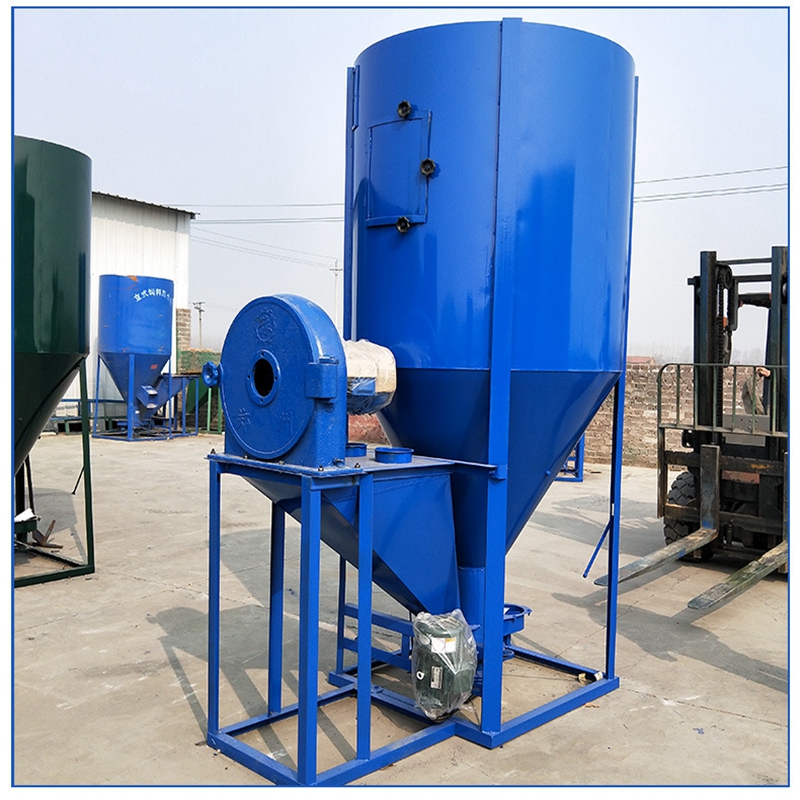The Rise of Chicken Cages in China's Poultry Industry and Their Impact on Farming
Aug . 21, 2024 11:39 Back to list
The Rise of Chicken Cages in China's Poultry Industry and Their Impact on Farming
The Growing Demand for Chicken Cages in China
As China continues to be one of the largest producers and consumers of poultry in the world, the demand for efficient and innovative poultry farming solutions has surged. Among these solutions, chicken cages play a pivotal role in enhancing productivity and ensuring animal welfare. This article explores the significance of chicken cages in China's poultry industry, the advancements in technology, and the challenges faced by farmers.
The Importance of Chicken Cages
Chicken cages are crucial for modern poultry farming, especially in densely populated areas where space is limited. These cages help maximize space utilization, allowing farmers to raise more chickens in a controlled environment. By providing a structured living space, chicken cages also reduce the risk of disease transmission among birds, as they can be designed to limit contact among individual chickens. This is particularly vital in a country like China, where the poultry industry plays a significant role in food security and economic stability.
Moreover, chicken cages enable farmers to manage their flocks more effectively. Automated systems can monitor the health and well-being of the chickens, ensuring they receive adequate feed and water. This level of management not only improves the overall health of the poultry but also enhances productivity, leading to a more sustainable farming practice.
Technological Advancements
In recent years, there have been significant advancements in chicken cage technology. Modern cages are designed to be more ergonomic, with features that facilitate easy access for feeding, cleaning, and monitoring. Innovations such as automatic feeding and watering systems have made it easier for farmers to maintain large flocks with minimal labor. Additionally, climate control systems within these cages ensure that chickens are kept in optimal conditions, which is crucial for their growth and egg production.
chicken cages in china

Chinese manufacturers are increasingly focusing on eco-friendly materials and sustainable practices in the production of chicken cages. The rise of smart farming technologies, such as IoT devices and AI, has also influenced cage design, enabling farmers to track productivity and make data-driven decisions to optimize their operations.
Challenges in the Industry
Despite the many benefits that chicken cages offer, the poultry farming industry in China faces several challenges. One major issue is the initial investment required for setting up a modern cage system. For many small-scale farmers, the cost can be prohibitive, limiting their ability to adopt advanced technologies. Additionally, there is a growing concern about animal welfare, as some advocates argue that confinement in cages can lead to stress and behavioral issues in chickens. Striking a balance between productivity and animal welfare is an ongoing debate within the industry.
Furthermore, the poultry sector in China has been impacted by market fluctuations and changing consumer preferences. As Chinese consumers become more health-conscious, there is a rising demand for free-range and organic poultry products. This trend could lead to a reevaluation of traditional cage systems in favor of more humane and sustainable farming practices.
Conclusion
The role of chicken cages in China's poultry industry is indispensable as the country works to meet the demands of its large population. With technological advancements and a focus on productivity, modern chicken cages can provide a solution to many challenges faced by poultry farmers. However, it is essential to address the concerns related to animal welfare and sustainability to ensure a balanced approach to poultry farming. As the industry evolves, the future of chicken cages in China will likely be influenced by a combination of technological innovation, economic considerations, and changing consumer preferences. By embracing these changes, Chinese farmers can continue to thrive while making a positive impact on agricultural practices.
-
Automatic Feeding Line System-Pan Feeder Nipple Drinker|Anping County Yize Metal Products Co., Ltd.
NewsJul.29,2025
-
Hot Sale 24 & 18 Door Rabbit Cages - Premium Breeding Solutions
NewsJul.25,2025
-
Automatic Feeding Line System Pan Feeder Nipple Drinker - Anping County Yize Metal Products Co., Ltd.
NewsJul.21,2025
-
Automatic Feeding Line System Pan Feeder Nipple Drinker - Anping County Yize Metal Products Co., Ltd.
NewsJul.21,2025
-
Automatic Feeding Line System - Anping Yize | Precision & Nipple
NewsJul.21,2025
-
Automatic Feeding Line System - Anping Yize | Precision & Nipple
NewsJul.21,2025






